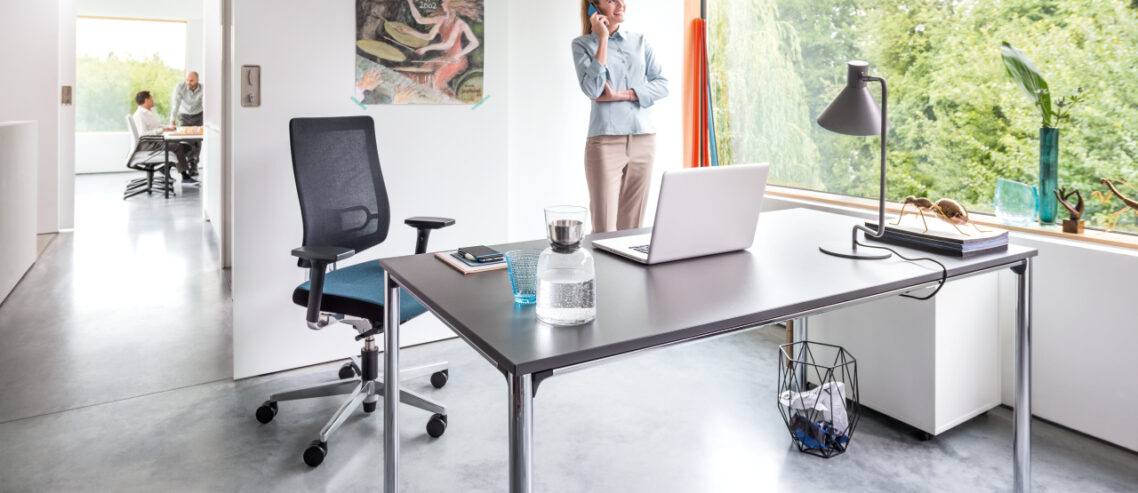Better offices and engineered serendipity will characterise work after lockdown
If you ask people what they want from their offices, they are very likely to describe something more like a café than a traditional office. This has been true for some time and never more so than in this period in which people have been obliged to work out exactly what they want from their workspace. Topping the list have always been reliable, fast WiFi, hot drinks and fresh food in comfortable and attractive surroundings, the chance to work quietly when needed and the ability to bump into people and start informal conversations. It’s no coincidence that when they are currently asked what they miss most about the office, the same list crops up again and again.
The truth is that we have known these things for a while, even if the current situation is forcing more people to address them sooner than they might have. In 2015, Johnson Controls’ Global Workplace Solutions business published The Smart Workplace 2040 report which described radically different work as people are more able to choose their time and place of work.
It describes a world in which most workers will frequently work from home and choose when to visit physical offices to meet and network with others. The emphasis for physical in this era is on goals-oriented collaboration and knowledge sharing, building relationships, serendipity and wellbeing.
The authors predicted this would come to pass by 2040. As it turns out they were massively wrong on the timescale, but right on the details.
The newly published report from Leesman Index into people’s experience of working from home, confirms just how much they value the experience of work in a well designed office that focuses on their needs. In particular, their need to share information informally, build working relationships, collaborate and experience moments of great serendipity.
The work Tom Allen did at MIT in the 1970s was essential in establishing the principle that there is an exponential drop in the frequency of communication between people as the distance between them increases. Nowadays we might see that in terms of technological as well as physical distance but the central point remains valid.
Indeed the benefits of successful interactions are derived not only from the achievement of quantifiable outcomes but also from the enjoyment of being part of the experience and a knowledge network. In addition, knowledge workers who span boundaries tend to perform better through access to different information which may generate new ideas and an attitude that can spin information beyond the obvious and convectional.
As a 2014 piece from the Harvard Business Review put it: “Face-to-face interactions are by far the most important activity in an office; creating chance encounters between knowledge workers, both inside and outside the organization, improves performance.”
Because we are witnessing a widespread, mainstream acceptance of such longstanding truths, what will emerge after lockdown will be better offices for everybody, as part of a new ecosystem of times and places of work.
Organisations will focus on their ability to create sophisticated workplaces and outstanding experiences based on the latest thinking and current research. These will evolve as new needs and ideas arise but their main objective will be constant: to allow people the ability to thrive within a setting alongside their friends and colleagues and so allow the organisation itself to flourish too.
